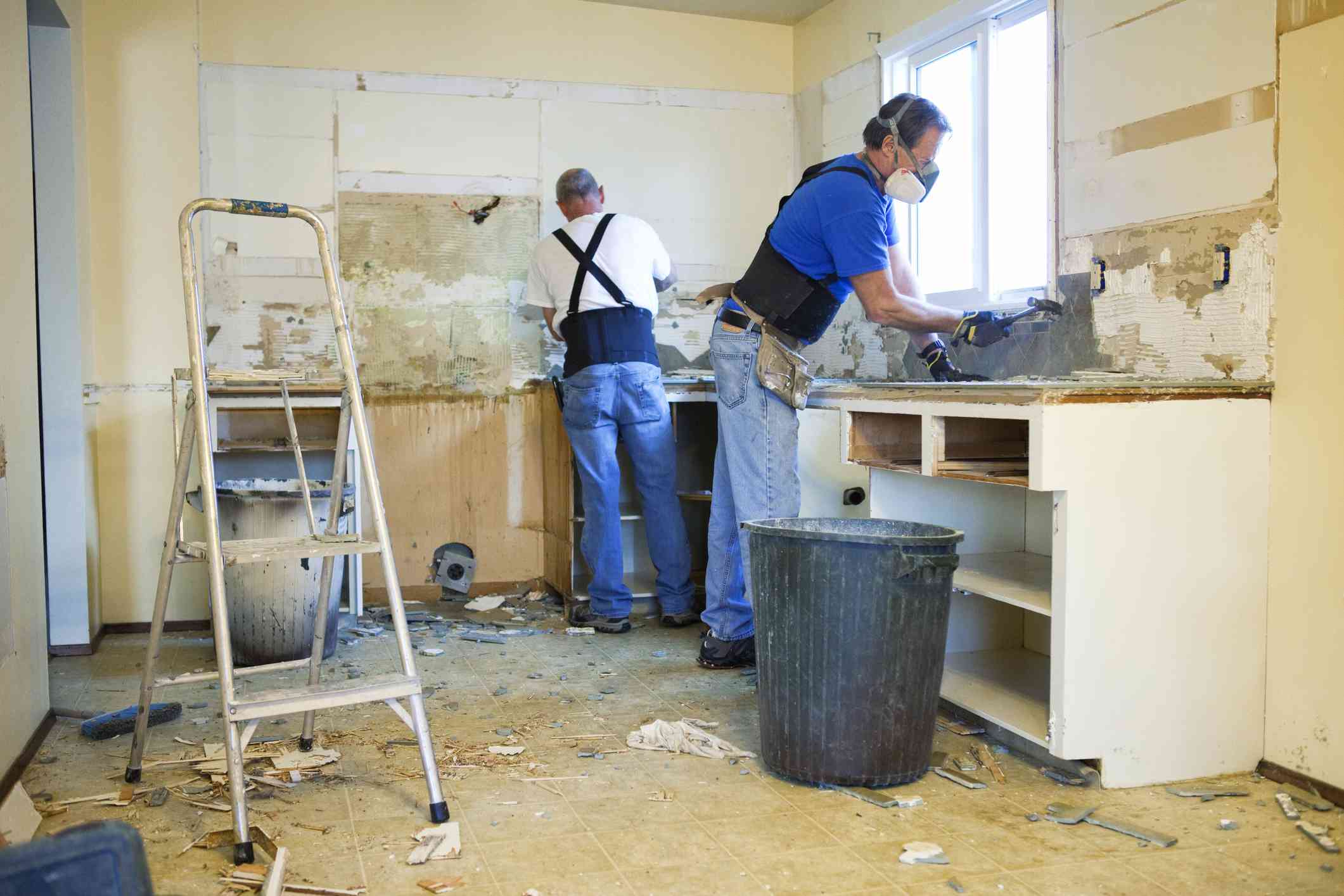Building Alfresco Sanctuaries: Transformations for Gardens
Outdoor spaces have long been cherished as serene getaways that offer a link to nature and a setting for rest. However, various landscapes may fail to meet their true potential, often due to old-fashioned layouts, insufficient utility, or just lack of inspiration. This is where remodeling processes come into play, transforming underutilized spaces into stunning sanctuaries that welcome relaxation and artistry.
With the ideal modifications, you can inject fresh energy into your garden, creating a vibrant space that reflects your character and lifestyle. Whether it is adding fresh walkways, establishing cozy seating spots, or enhancing greenery with meticulously planned gardens, the possibilities are endless. Incorporating construction renovations in your garden can lead to a revamped exterior that is ready to be enjoyed for many years ahead.
Designing Practical Garden Designs
Creating a practical landscape design begins with comprehending the land you have available. Think about the total size of your space and how diverse sections can be used for different purposes. Whether you are looking to raise plants, establish a flower garden, or include spaces for leisure, mapping out areas will help enhance the use of your outdoor area. Ponder light availability, water access, and landform to establish the best placements for each component.
Another essential aspect to consider is the flow of the landscape. You want to confirm that there are distinct walkways connecting various sections, allowing simple access and navigation. Paths can be made from various materials, such as gravel, concrete, or even wooden boards, depending on the look you wish to achieve. Establishing a natural flow not only boosts the functional aspect of the garden but also invites visitors to explore all its elements without feeling constrained or burdened.
Integrating key features can greatly improve the look of your garden. These can be features like a captivating art piece, a calm water feature, or a vibrant flower bed that captures the attention. Key features function to generate interest and direct attention, making the garden feel more cohesive. When designing these features, ensure they support the overall concept and enhance the space's functionality, whether it be for leisure, socializing, or cultivation.
Choosing Green Materials
As you are planning renovation projects for your outdoor space, picking eco-friendly resources is crucial for both eco-friendliness as well as visual appeal. Choosing locally sourced wood cuts the impact of transportation and benefits local economies. Resources such as reclaimed wood offer a unique style to your garden but also prevent usable resources out of landfills. Think about using bamboo, which is a rapidly growing and renewable resource, making it an great choice for decking, fencing, or furniture.
Another important factor is the choice of non-toxic, eco-friendly paints and finishes. Many conventional products include harmful chemicals that can leach into the soil and harm local wildlife. By selecting natural stains and sealants, you ensure the vitality of your garden ecosystem while keeping the beauty of your structures. Search for certifications such as Green Seal or EcoLogo to assist identify truly sustainable options.

In conclusion, adding recycled materials into your renovations can significantly enhance the sustainability of your project. Recycled paving stones, bricks, or even glass elements can add a touch of creativity and charm to your garden while minimizing waste. By using materials that have been recycled or reclaimed, you not only promote sustainability while also create a unique outdoor sanctuary that represents your commitment to eco-consciousness.
Integrating Earthy Elements
Adding natural features into garden renovations can change an average space into a peaceful sanctuary. Begin by using sustainable resources like salvaged wood for garden beds or trails. Stone features, such as boulders or cobblestones, can improve the rustic feel and providing longevity. The use of natural materials not only harmonizes with the landscape but also minimizes environmental impact, creating a equilibrium between artificial structures and the aesthetics of the natural world.
An additional effective way to incorporate natural features is by including aquatic elements. A small pond, trickling stream, or waterfall can bring in the calming melodies of aqua, which can profoundly enhance the ambiance of any green space. These features also draw in wildlife such as feathered friends and butterflies, strengthening the environmental balance. When designing water elements, make sure they integrate seamlessly with the surrounding plants and wildlife, forming a harmonized and inviting setting.
Lastly, think about the addition of local species as part of your improvements. Native plants are adapted to the regional climate and soil conditions, requiring less care and irrigation compared to invasive varieties. They offer habitat for wild wildlife and enhance biodiversity. By strategically arranging these plants, along with thoughtful landscaping, you can create a vibrant green tapestry that complements your garden's native features while fostering a prosperous outdoor space.